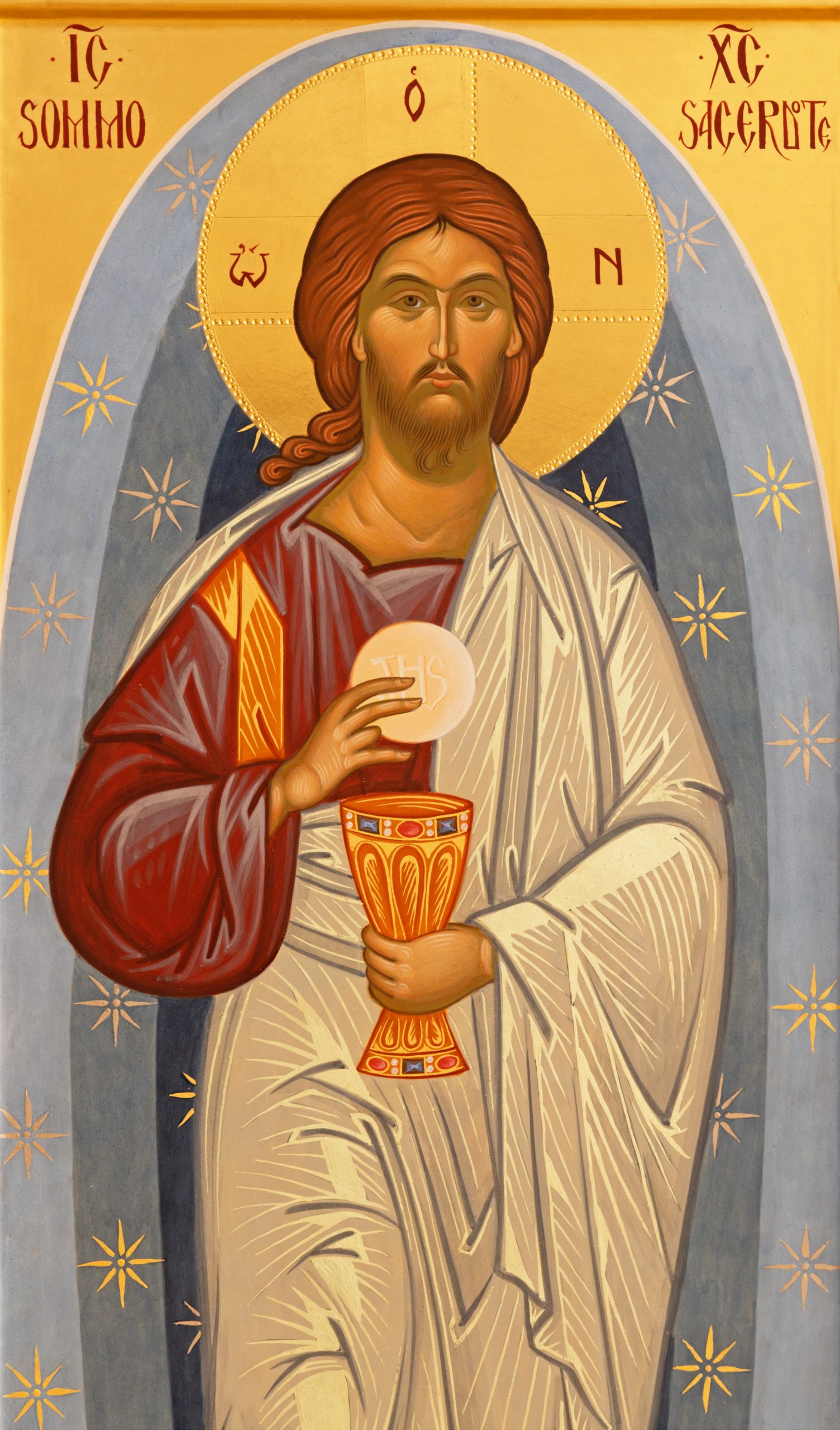Early Church Fathers instructed priests and laypeople to not let any crumb of the Eucharist fall on the ground.
During the first few centuries of the Church, bishops and priests were diligent in their care of the Eucharist.
Many of the Early Church Fathers insisted that not even a crumb should fall on the ground.
St. Hippolytus of Rome, a bishop of the 2nd century, writes these instructions in The Apostolic Tradition.
But let each of the faithful be zealous, before he eats anything else, to receive the eucharist … let each one take care that no unbeliever taste the eucharist, nor a mouse nor any other animal, and that nothing of it fall or be lost; for the body of Christ is to be eaten by believers and must not be despised. The cup, when thou hast given thanks in the name of the Lord, thou hast accepted as the image of the blood of Christ. Therefore let none of it be spilled, so that no strange spirit may lick it up, as if thou didst despise it; thou shalt be guilty of the blood, as if thou didst scorn the price with which thou hast been bought.
St. Cyril of Jerusalem in the 4th century reiterates this teaching in his Mystagogical Catecheses, comparing the care of the Eucharist to care of gold-dust.
Carefully hallow your eyes by the touch of the sacred Body, and then partake, taking care to lose no part of It. Such a loss would be like a mutilation of your own body. Why, if you had been given gold-dust, would you not take the utmost care to hold it fast, not letting a grain slip through your fingers, lest you be by so much the poorer? How much more carefully, then, will you guard against losing so much as a crumb of that which is more precious than gold and precious stones!
There is even evidence of a special cloth being used to collect any pieces of the Eucharist that may fall from the priest distributing the sacrament.
This tradition is maintained in Orthodox churches, where a red cloth, called a maktron, is held underneath the each person’s mouth while receiving communion, to catch any crumbs of the Eucharist .
Similar traditions in the Roman Rite were later adopted, such as the communion paten that was invented in the 19th century.
These practices of early Christians highlight the reality that the bread received at communion is not ordinary bread, but the body and blood of Jesus Christ.
